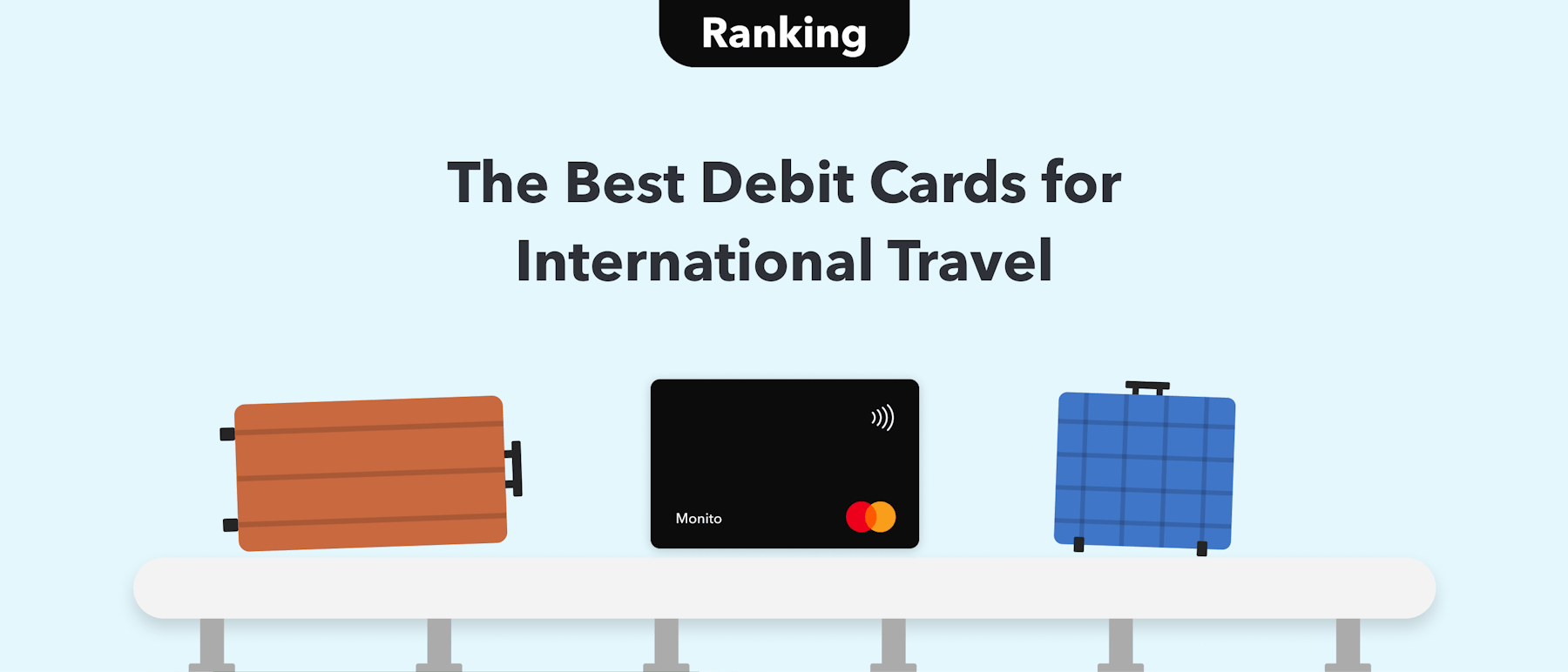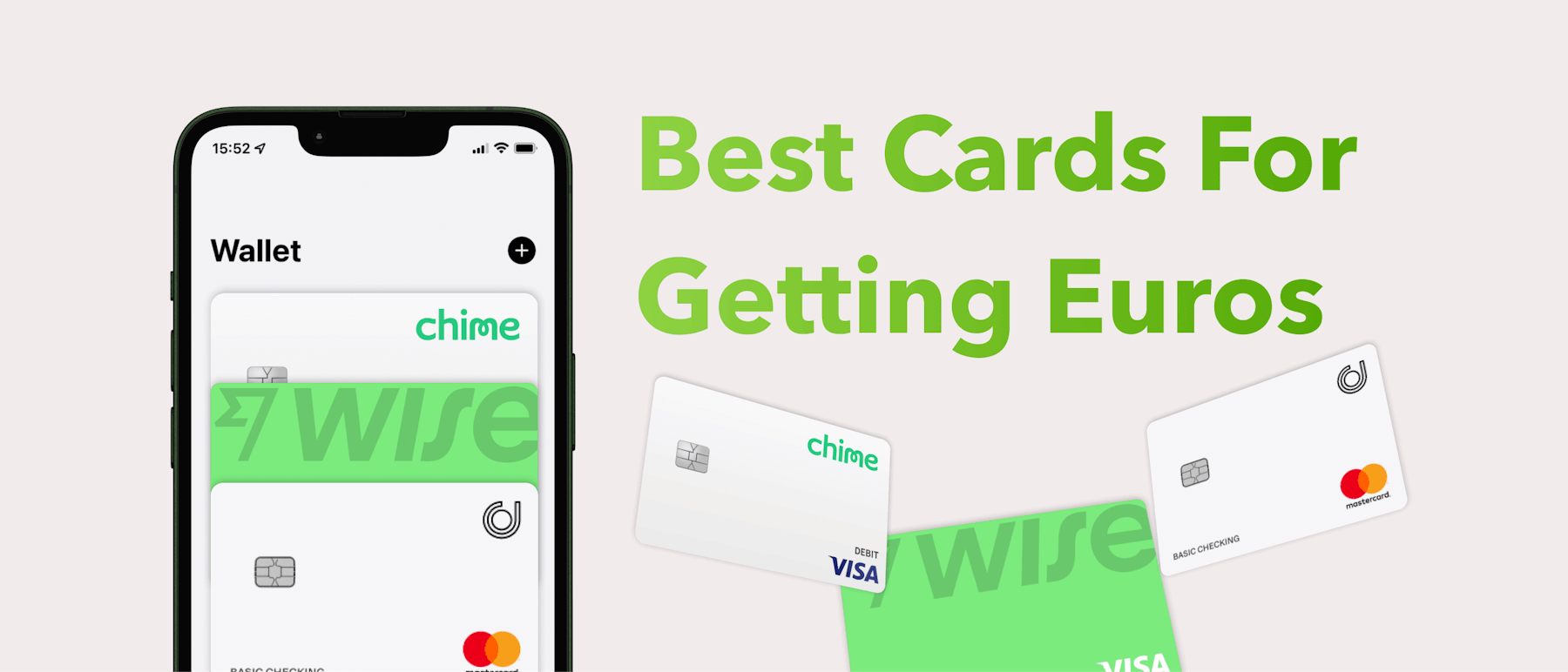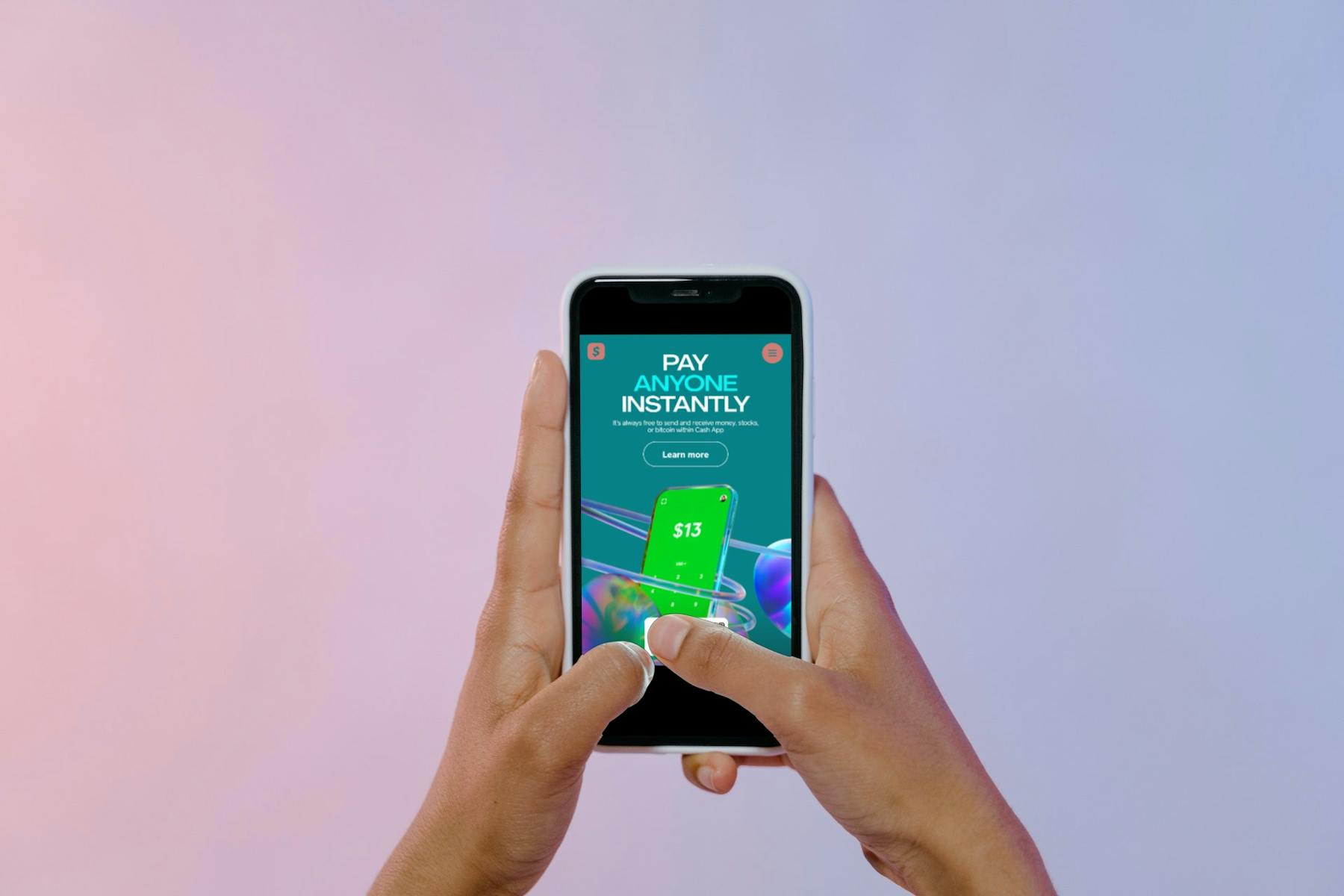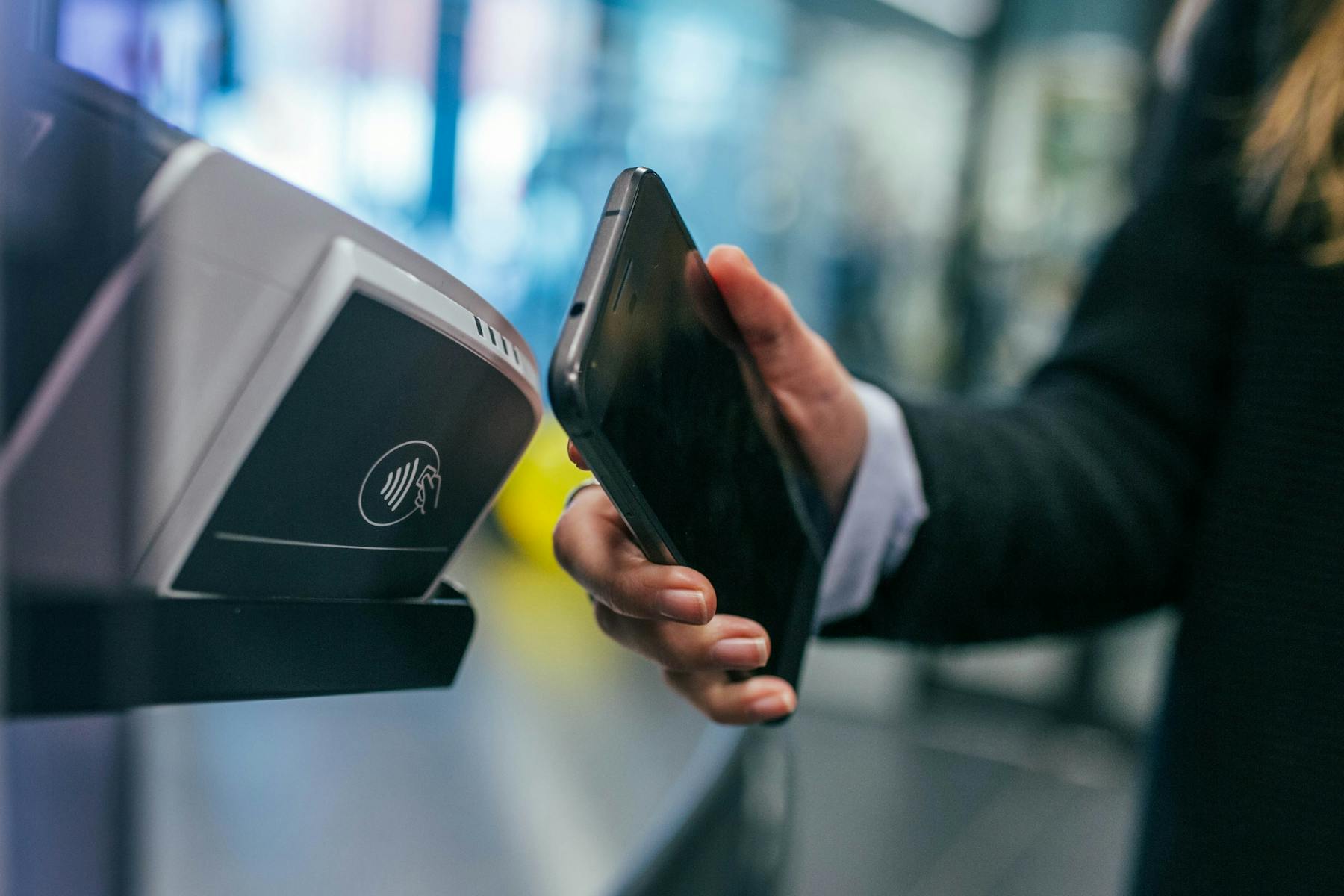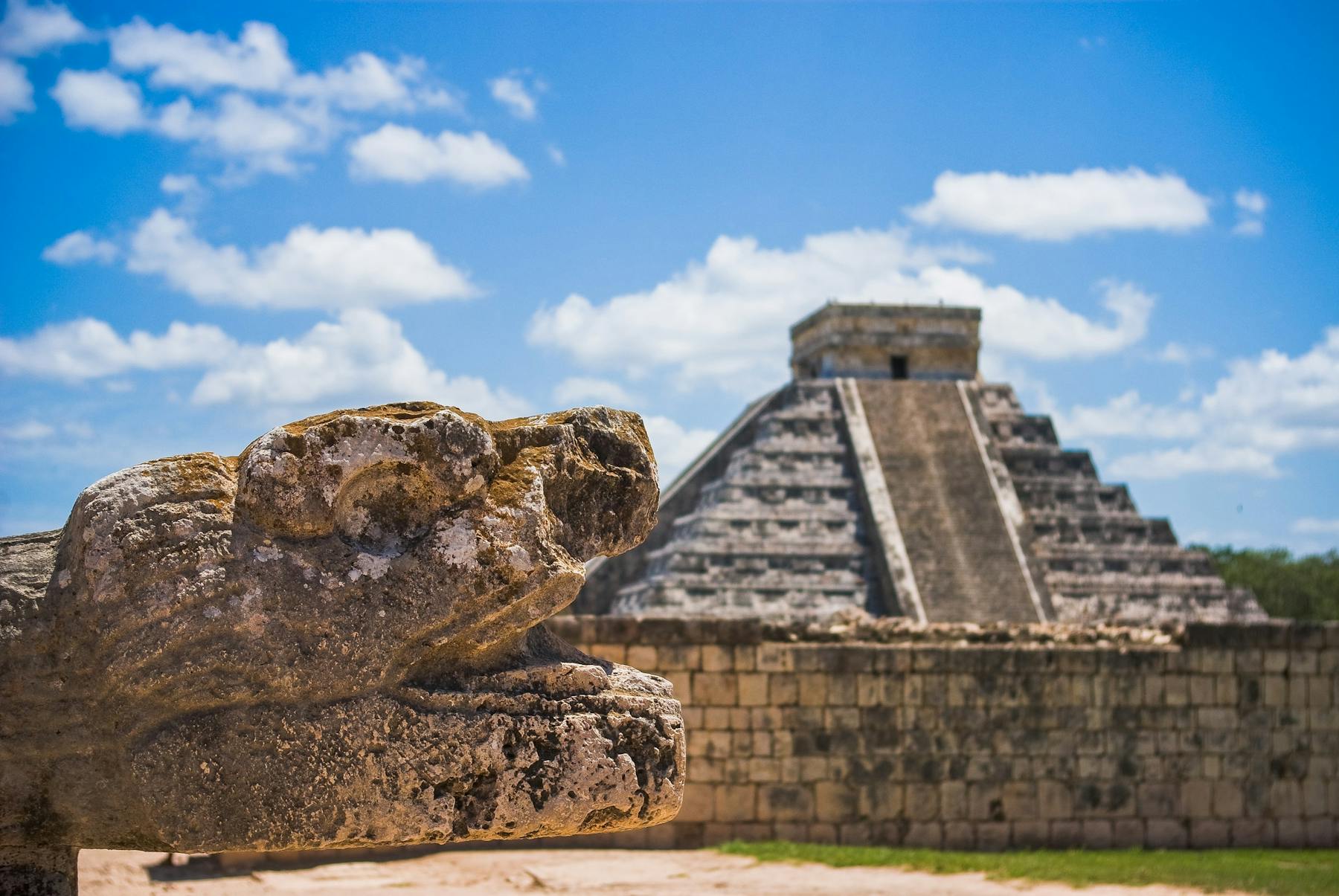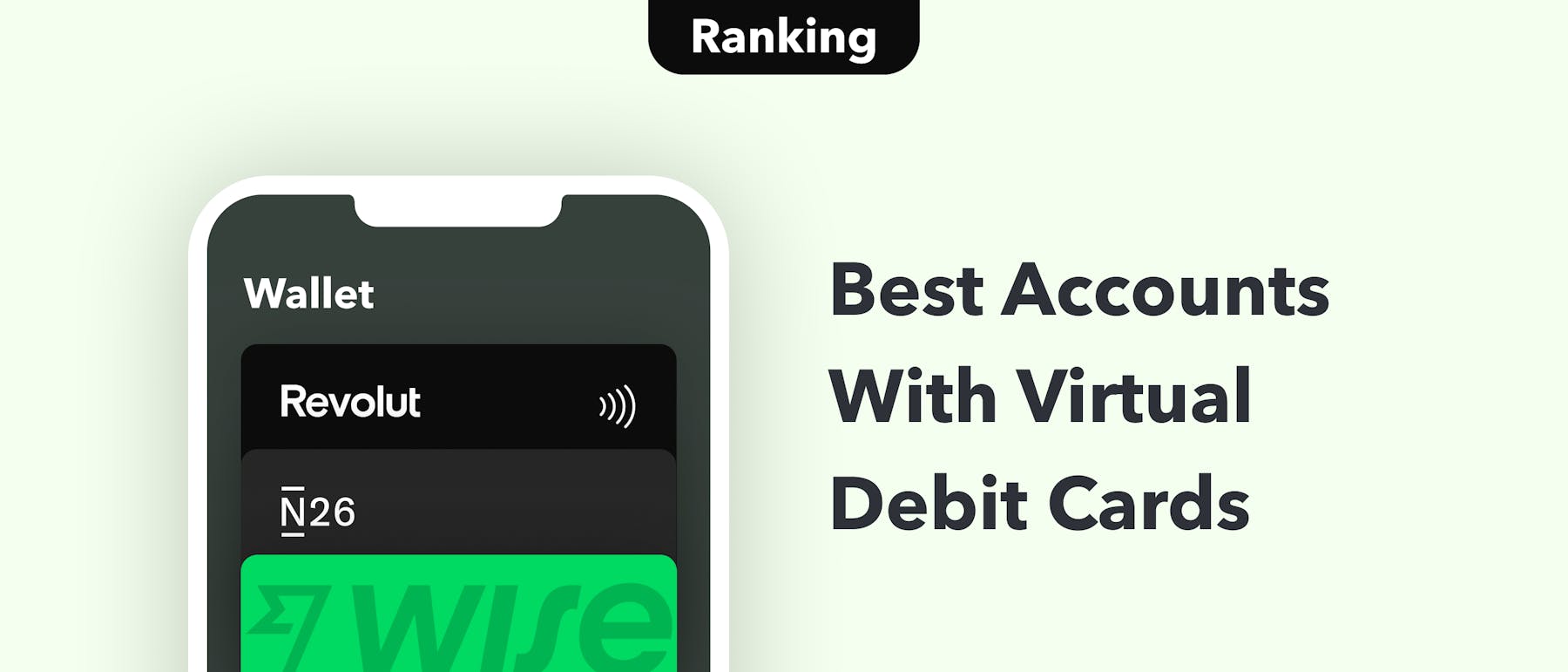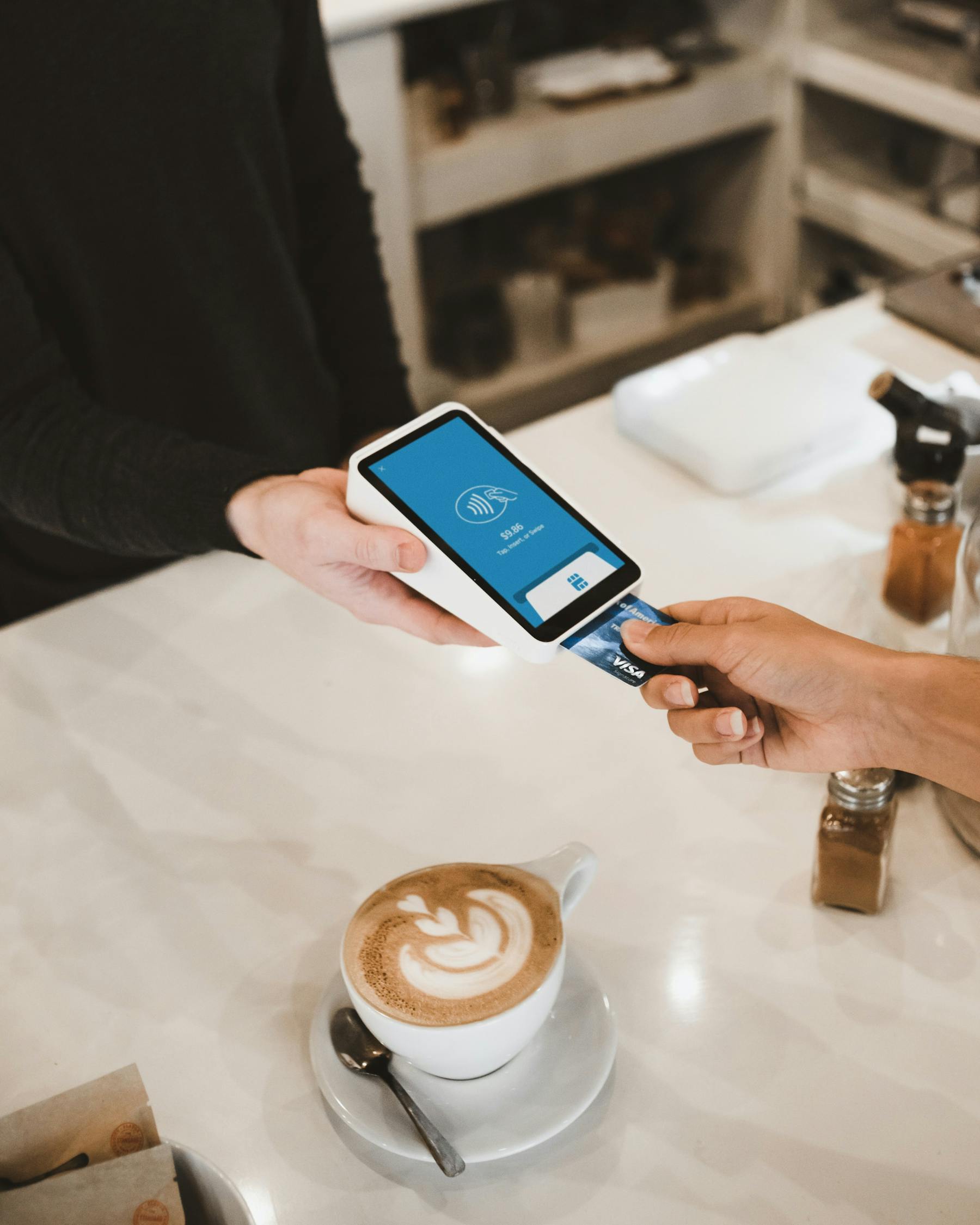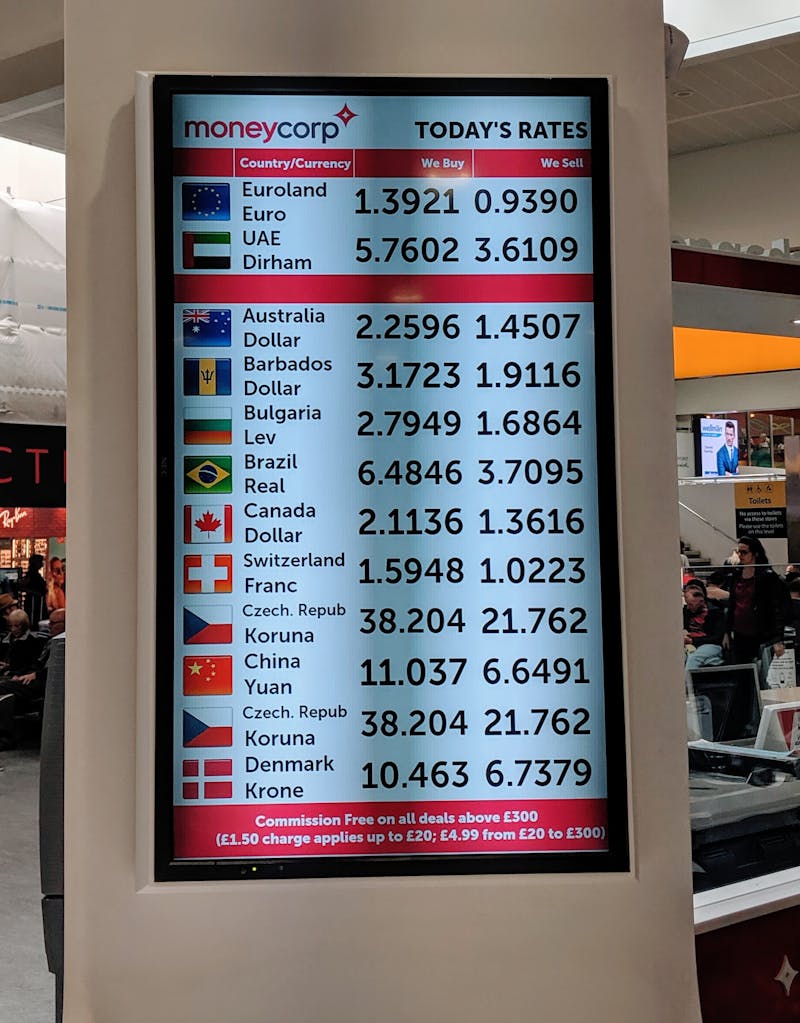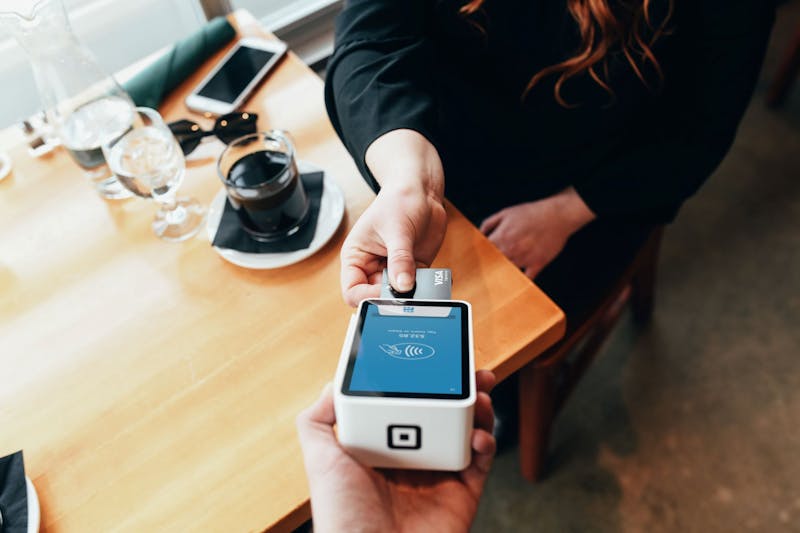What’s the Best Travel Card in Australia?
To discover the best travel money card in Australia to suit your overseas travel needs, compare the two fintech offerings we discussed above, Wise and Revolut, with a typical bank travel card like CBA's Travel Money Card:
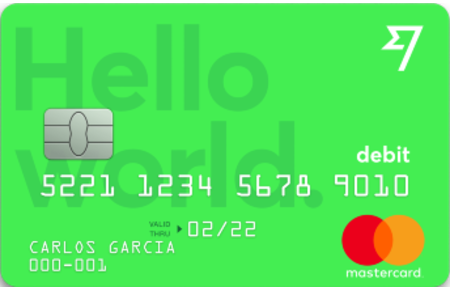 | 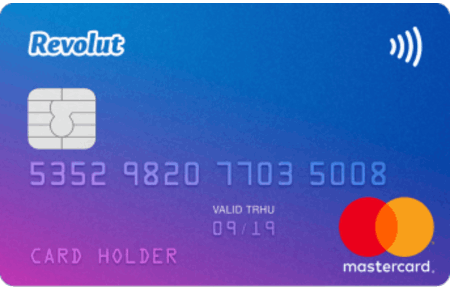 | 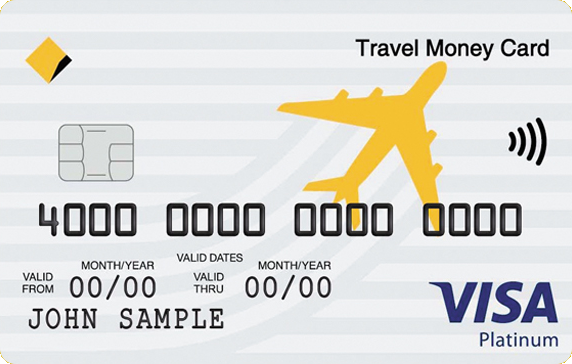 | |
🖊 Licensing | Electronic Money Institution | Electronic Money Institution |
|
📃 Deposit Insured | ✘ | ✘ | ✔ |
💰 Profitable | ✔ | ✔ | ✔ |
📈 Publicly Listed | ✘ | ✘ | ✔ |
💳 Contactless | ✔ | ✔ | ✔ |
🔒 3D Secure | ✔ | ✔ | ✔ |
🍎 Apple Pay | ✔ | ✔ | ✘ |
💻Google Pay | ✔ | ✔ | ✘ |
🌐 Virtual Card | ✔ | ✔ | ✘ |
🧾Account Details | AUD, USD, GBP and 7 others¹ | AUD | Linked to main AUD account |
⬆ Top-Up Methods | Bank deposit, debit/credit card, wire | Bank deposit, debit/credit card | Bank deposit |
💱 Currencies | EUR, USD, GBP and 52 others | EUR, USD, GBP and 31 others | EUR, USD, GBP and 12 others |
📤Direct Debits | ✔ | ✔ | ✘ |
🪙 Interest | ✔ | ✔ | ✘ |
💸 Overdraft | ✘ | ✘ | ✘ |
👥 Joint Account | ✘ | ✘ | ✘ |
📱 Platform(s) | Mobile app, website | Mobile app, website | Mobile app, website |
💷 Maintenance | A$0 | A$0 | A$0 |
🏧 Foreign ATMs |
|
| A$3.50 per withdrawal |
💳 Foreign Payments | 0.4%-2.9% | 0%-2% | 4%-6% |
💸 Int'l Transfers | 0.4%-2.9% | 0%-2% | 4%-6% |
🚚 Card Delivery | A$10 | Approx. A$5 | A$0 |
📆 Delivery Speed | 3 weeks | 5 - 10 business days | 3 - 5 business days |
👥 Customers | 10 million | 16 million | 17 million |
🔒 Trustpilot | 4.6/5 | 4.4/5 | 1.6/5 |
📞 Support | Email, call center by country (hours varies) | 24h in-app live chat | Call centre |
| Go to Wise ❯ | Try Revolut ❯ | Try CBA ❯ |
Last updated: 6/1/2023
¹ Bank account details in USD, EUR, GBP, AUD, NZD, SGD, CAD, RON, HUN, and TRY
Other Monito Guides and Reviews on the Best Travel Cards in Australia and Top Multi Currency Cards


